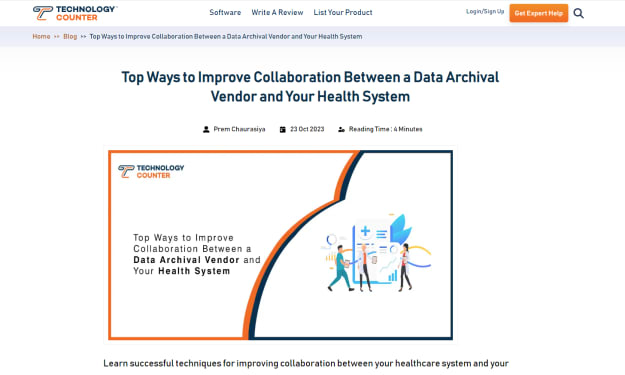
How much do understudies utilize web-based media and informal communication destinations?
What is the connection between the utilization of web-based media and informal communication destinations by select understudy socioeconomics?
What is the connection between the impacts of utilizing web-based media and informal communication destinations by select socioeconomics?
What are junior college understudies' insights about the impacts of web-based media and informal communication locales on their dynamic mastering abilities?
The study was an altered adaptation of the Social Media Updates Survey made by Pew Research Center, an autonomous examination bunch situated in the United States.
The creator altered a portion of the inquiries to fit the investigation's objectives, so the previous study included 16 explanations appraised by members dependent on the Likert Scale.
The discoveries uncovered that most understudies lean toward utilizing Facebook, that interpersonal interaction locales were more critical to members matured 25 or more, and that understudies' overall impression of web-based media use for learning was positive.
Dinkins reports that "41.3% of the respondents concurred that long range interpersonal communication destinations help them scholastically in getting instructive materials for tasks or ventures in class and 48.8% concurred that informal communication locales are a successful apparatus for e-learning" (p. 96).
The review is pertinent to my paper project because the themes and some exploration questions are tantamount. Henceforth, it is helpful to study Dinkins' (2018) procedure to comprehend its constraints and avoid them in my exploration.
Investigate
Meanings of Terms and Concepts
In the starting segment of the paper, the creator gives meanings of key terms and ideas to be applied in the exploration. The things examined incorporate hypothetical thoughts, like inclusion, specialized terms, for example, Web 2.0 and interpersonal interaction destinations, and names of explicit organizations or sites utilized in online correspondence, including web journals, Wikis, Youtube, and then some (Dinkins, 2018).
The specialist gives fundamental meanings of these terms dependent on other exploration studies and distributions.
My theme is "Understudies' Perceptions toward the Use of Social Media in Education," It is similar to Dinkins' (2018) point. The two fundamental exploration questions that I will address are "What is the view of understudies toward the utilization of web-based media as learning apparatuses?" and "Are there contrasts in understudies' insights toward web-based media dependent on their sexual orientation and age?"
The inquiries presented by Dinkins (2018) about understudies' discernments and their connection with segment factors are comparable. Be that as it may, the creator likewise considers the degree of web-based media use and its belongings.
The expansion of these exploration questions discloses the need to characterize more terms and ideas. The vital expressions in my examination are fundamentally specialized and incorporate Web 2.0, web-based media, net age (net shrewd), and person-to-person communication destinations.
Dinkins (2018) included data explicit interpersonal organizations and online correspondence designs because their exploration also examined web-based media use examples. Another definition that doesn't coordinate with my rundown is an association, and Dinkins (2018) likely included this is because they contemplated the impact of online media use on this variable.
There are additionally a few contrasts between the definitions given by Dinkins (2018) and the ones I utilized. For instance, Dinkins characterizes Web 2.0 as dependent on Tucker's (2014) work, expressing that it alludes to the social utilization of the Web that permits people to team up.
In any case, as I have noticed, the term was first used to depict the changes in the online programming business sector. These lines allude to the mechanical changes that permitted making the Web a shared climate (Ellison and Boyd, 2013).
My definition seems, by all accounts, to be more exact and complete because it joins technical advancements to the utilization of the Web. The motivations behind web-based media and interpersonal interaction destinations are practically identical offered by Dinkins (2018) are like my portrayal of these ideas.
My work adds the expression "net age" to the rundown, legitimizing the need to examine innovative, social, and conduct advancements that incited the expanded utilization of online media. Dinkins (2018) momentarily addresses these progressions' generational nature however doesn't recognize them as a particular wonder.
About the Creator
Aditya Gupta
Checkout all my social links at: https://linktr.ee/itsrealaditya
Founder @HakinCodes | Entrepreneur, Ardent Writer, Psychology Nerd






Comments
There are no comments for this story
Be the first to respond and start the conversation.